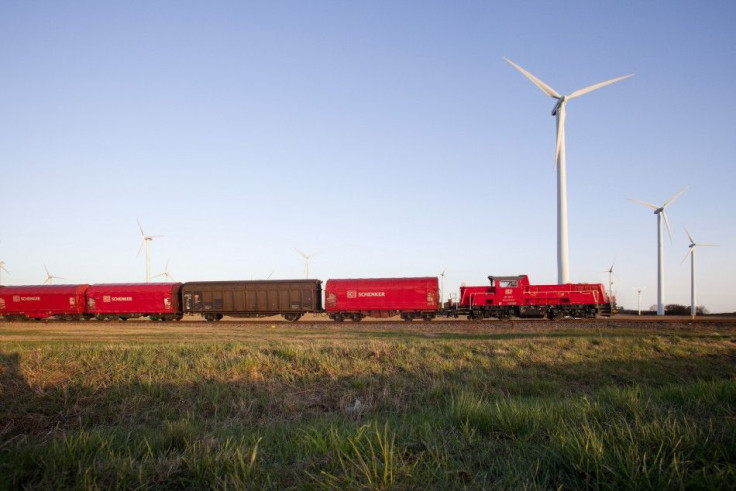U.S. Rail Volume Post Continued Gains, Led by Sectors Including Automobile, Petroleum Products: AAR

U.S. rail traffic, a snapshot of the weekly economic well-being, continued to climb in late November. During the week ending Nov. 26, U.S. railroads originated 265,304 carloads, up 4 percent compared with the same week last year, while intermodal volume for the week totaled 190,866 trailers and containers, up 3.7 percent compared with the same year-ago-period, the Association of American Railroads reported.
Ten of the 20 carload commodity groups posted increases compared with the same week in 2010, including: motor vehicles and equipment, up 42 percent; crushed stone, sand and gravel, up 30.3 percent, and petroleum products, up 28.4 percent.
The groups showing a significant decrease in weekly traffic included: farm products excluding grain, down 18.1 percent, and waste and nonferrous scrap, down 10.8 percent.
For the first 47 weeks of 2011, U.S. railroads reported cumulative volume of 13,710,056 carloads, up 1.8 percent from the same point last year, and 10,775,044 trailers and containers, up 5.1 percent from 2010.
Starting this month, the Alaska Railroad becomes an AAR member. Alaska Railroad Corporation serves ports and communities from the Gulf of Alaska to the interior of Alaska, connecting them to the lower 48 states and Canada through roll on-roll-off barge services.
Late Thursday, settlements were reached among major U.S. freight railroads and two labor unions, effectively averting an immediate threat of a labor strike. A third union, the Brotherhood of Maintenance of Way Employees, has agreed to extend a cooling off period until Feb. 8, 2012.
A strike during the holiday season could cost the U.S. economy as much as $2 billion per day, according to Rep. Bill Shuster (R-PA), chairman of the House Transportation and Infrastructure rail subcommittee.
© Copyright IBTimes 2024. All rights reserved.












